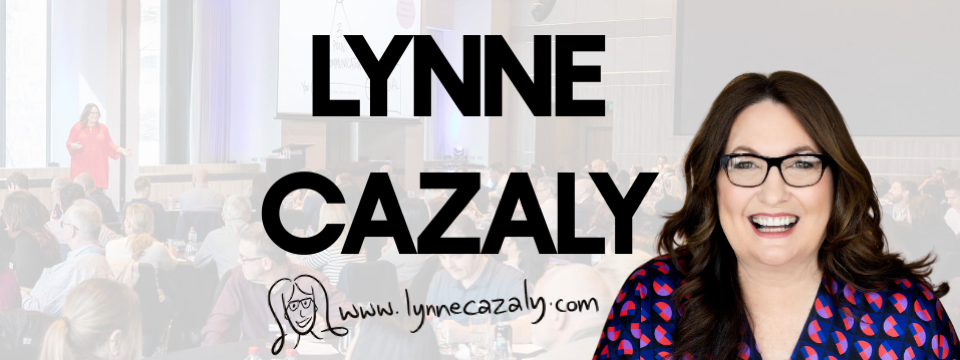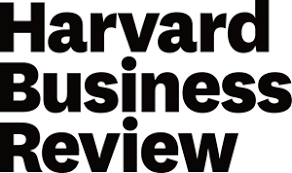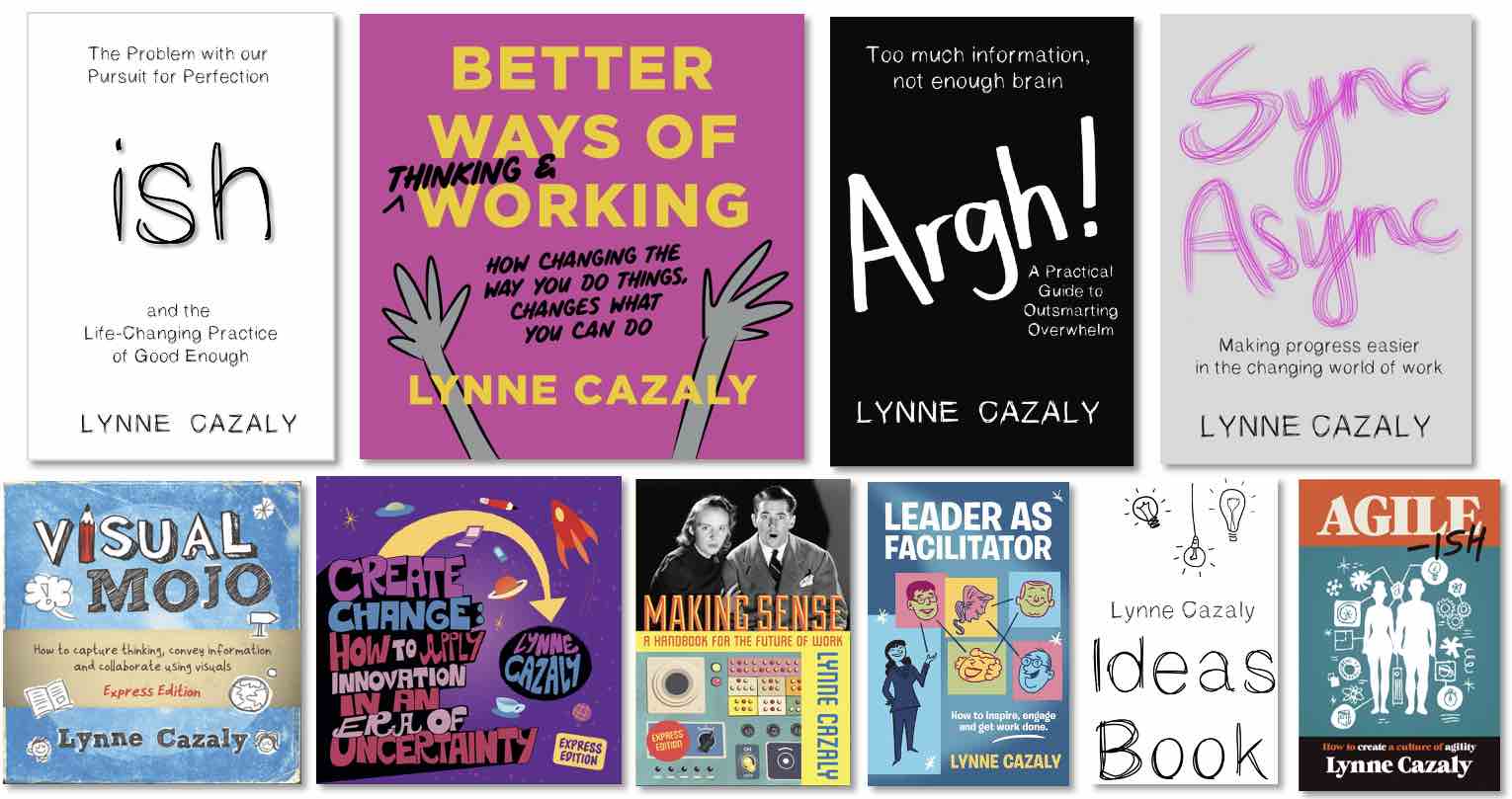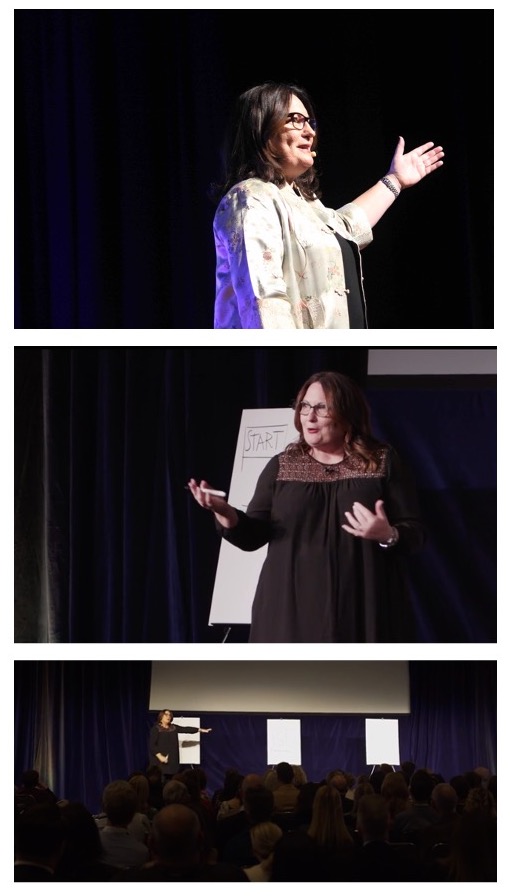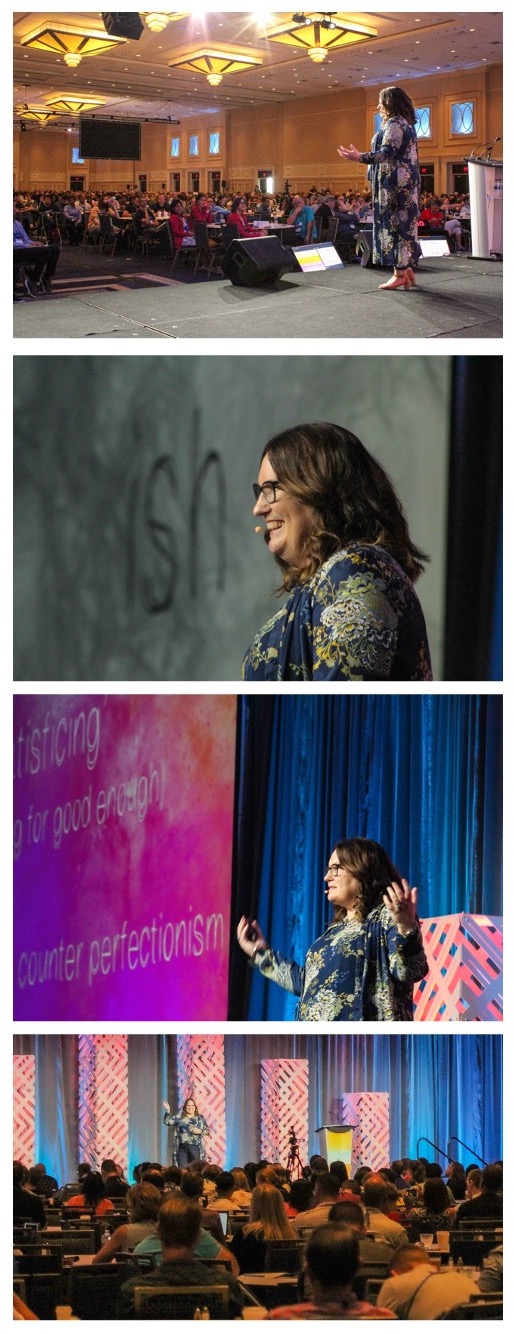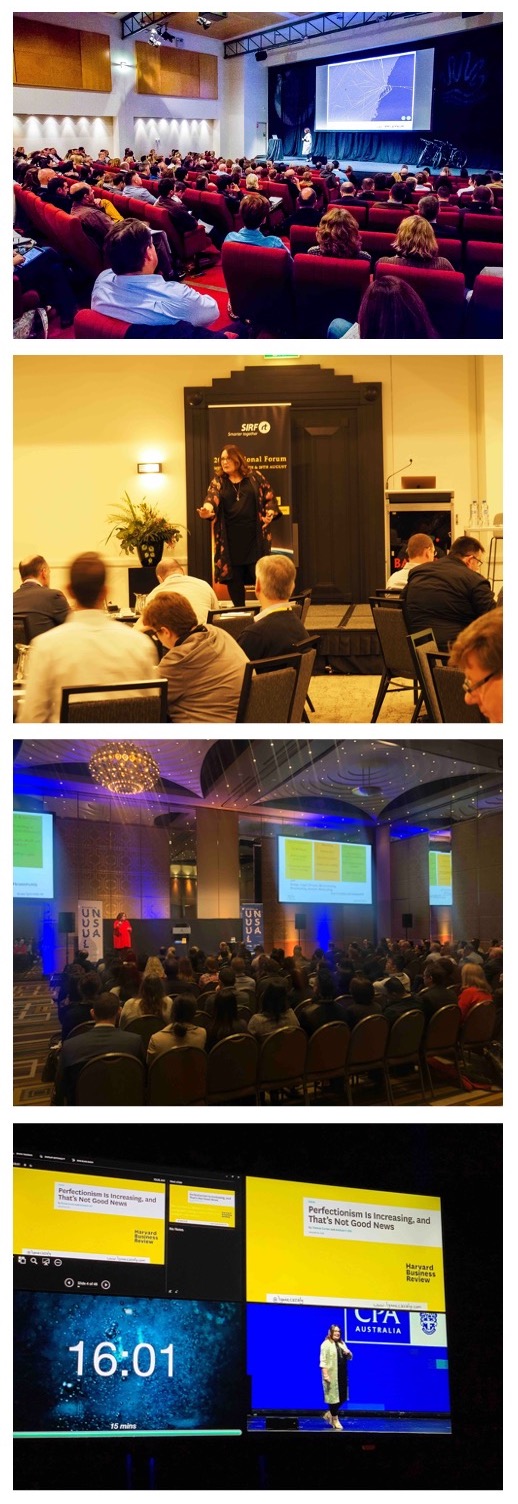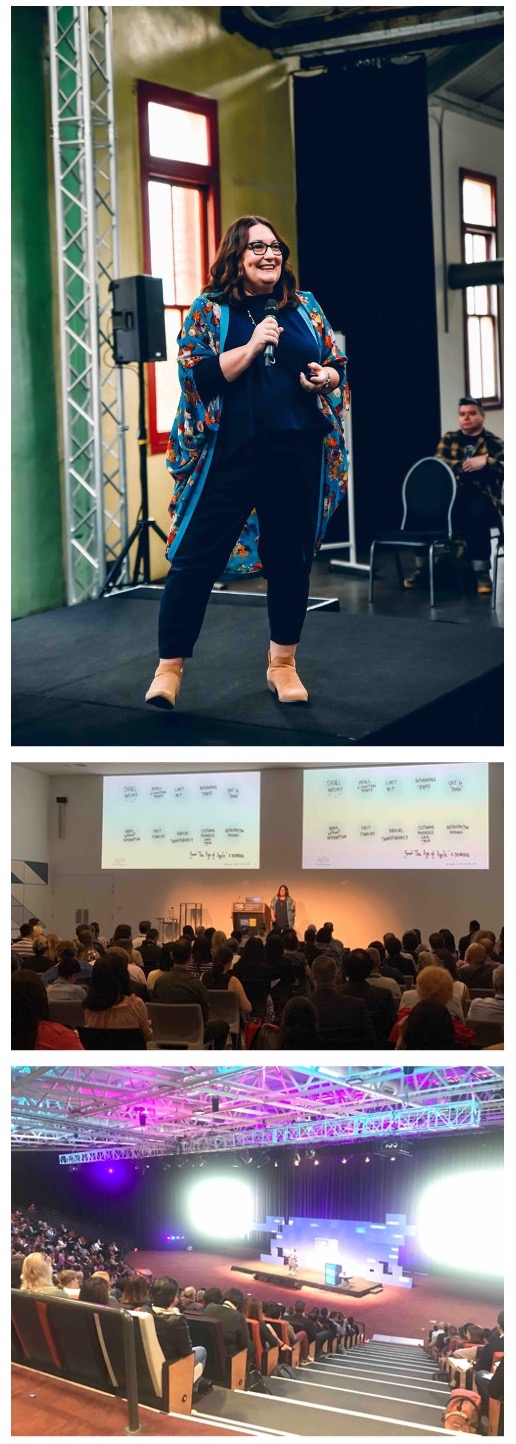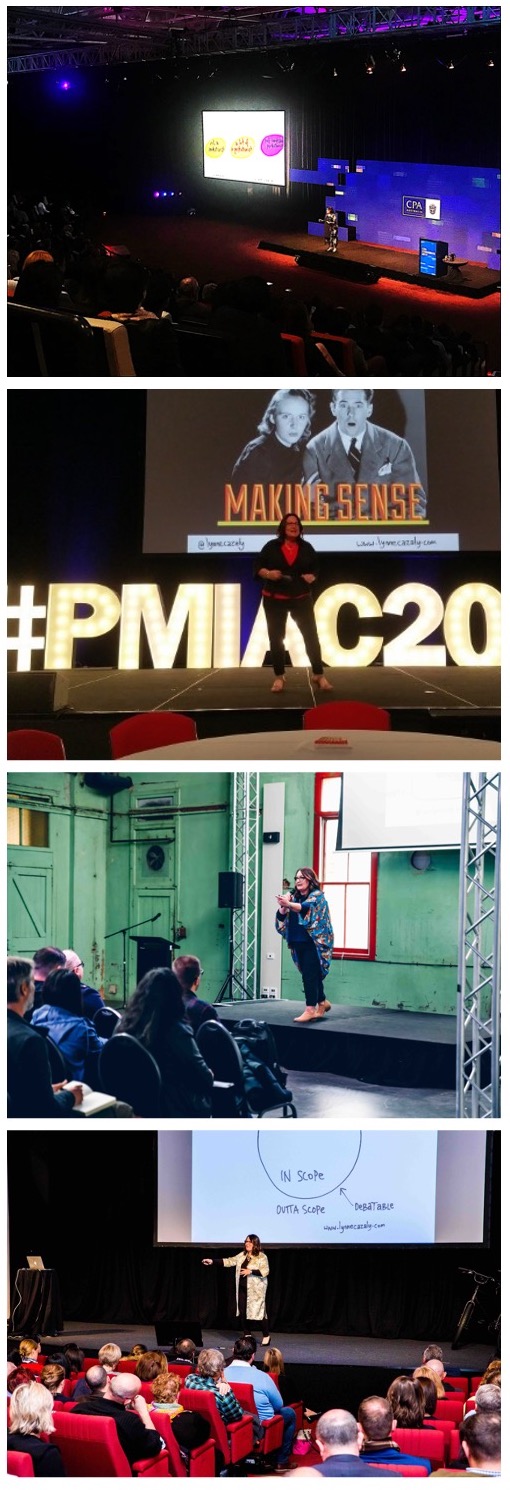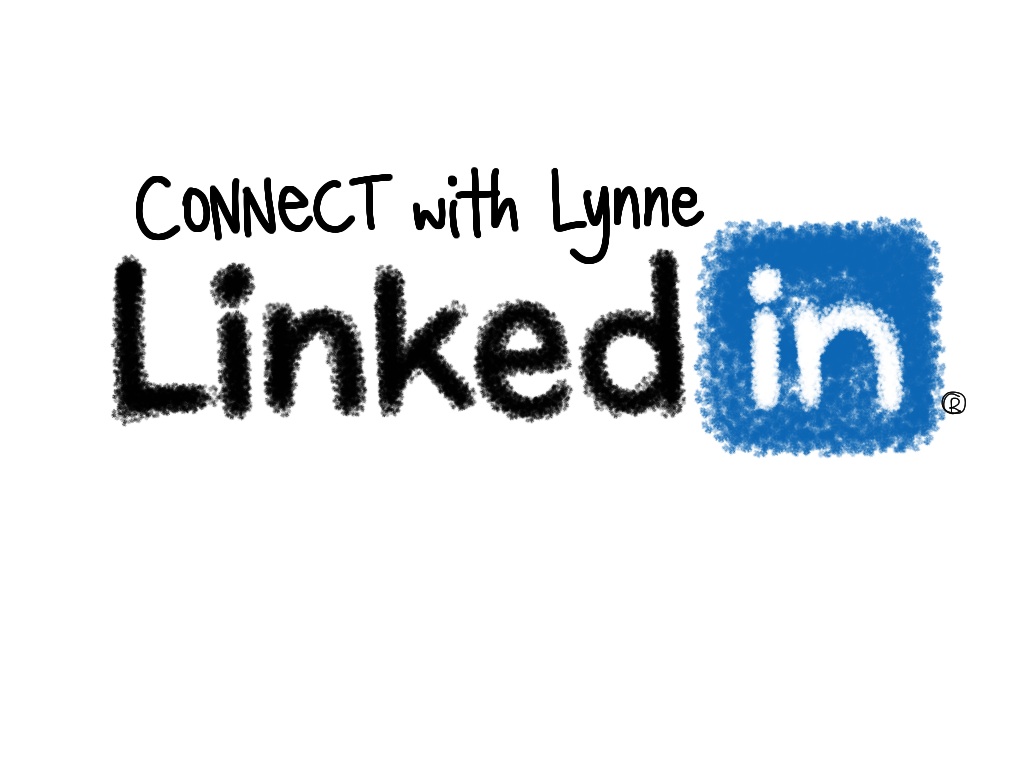Pull the Plug on Change : Bullet Points are Bullshit
 Friday, January 30, 2015 at 11:36AM
Friday, January 30, 2015 at 11:36AM "Pull the plug! Go on I dare you! Step out from behind the PowerPoint slide deck you've created."
I said this to a leader of change in a health insurance business and he said ....'No. I can't do that!!!'
But if you're 'rolling out' your communications and key messages for that change and transformation project you're working on - just as this leader was - you don't need a slide deck, a pack or a bunch of pages with boxes, arrows, chevrons and bullet points in it!
In fact those bullet points you've got there? They're bullish*t.
There. It's in print. I think bullet points are bullish*t.
They boring, linear, impossible to memorise after about five - unless you're a memory champ - and they do little to inspire or inform, particularly during times of change.
Most of all, bullet points often show up as a default option in PowerPoint. But you need to buck the default if you want to get engagement and understanding with your message.
With all of the information flying around your organisation and team, you want your change messages to get a little more cut-through than the notice in the kitchen that cleanliness is everyone's responsibility!
Just because you have some key points to make about change, doesn't mean they need to be communicated as points.
Unpack your entire message across different dimensions: a story, some data, a quote, the rollout plan, where things were, what they'll be like in the future, some engaging questions, some customer insights, the trends in the industry.
So this leader who I challenged to 'pull the plug'? We took his PowerPoint pack of bullet points and crafted some flip charts, posters, key messages, a couple of stories and some questions to have dialogue with the team.
That's what he rolled out across the country. No PowerPoint in sight.
He did pull the plug; and his people were so pleased he did. He stepped out from behind the pack of pages. Now he's talking, engaging, interacting and co-creating the change process with his team. That's leadership!
